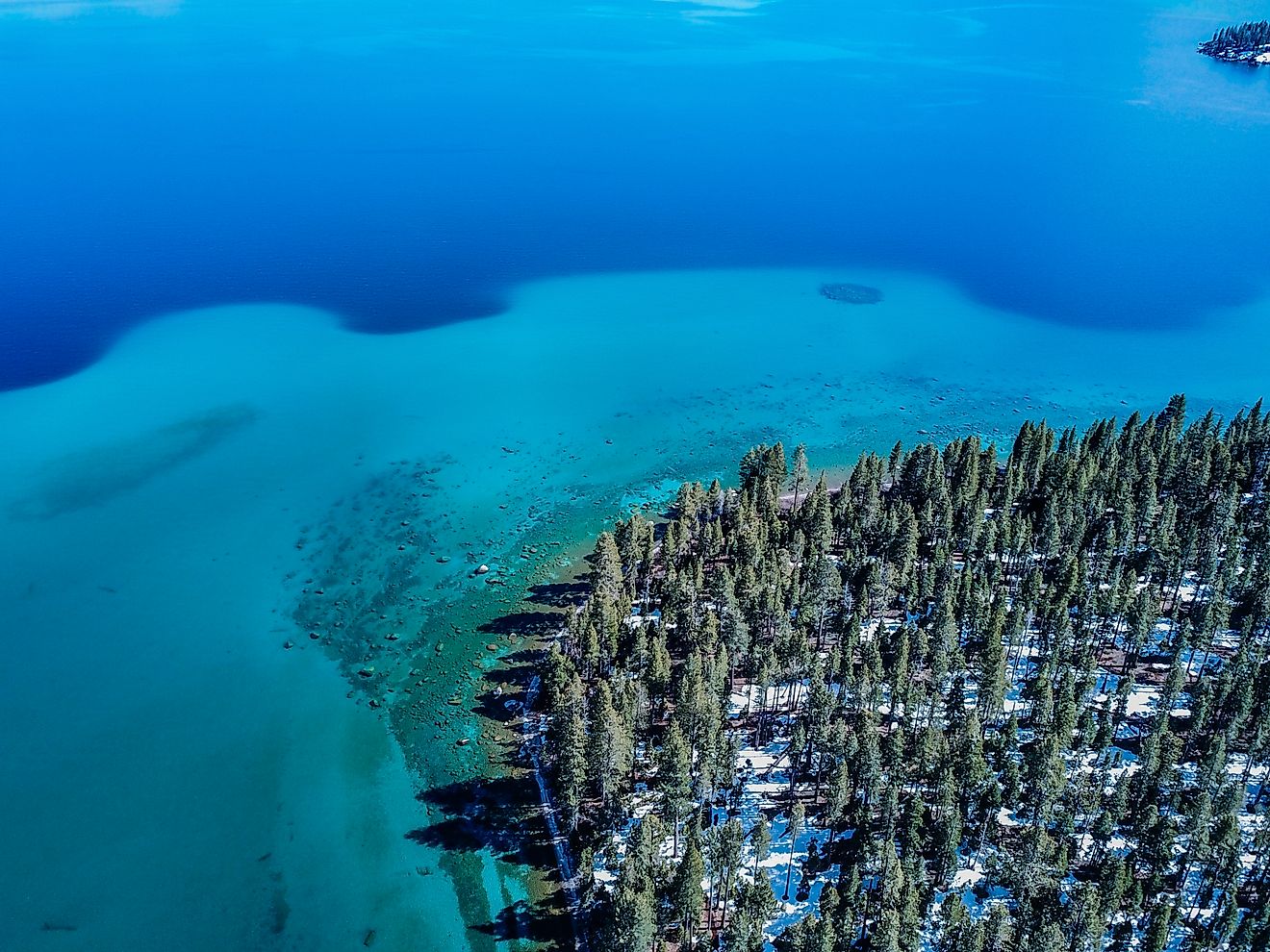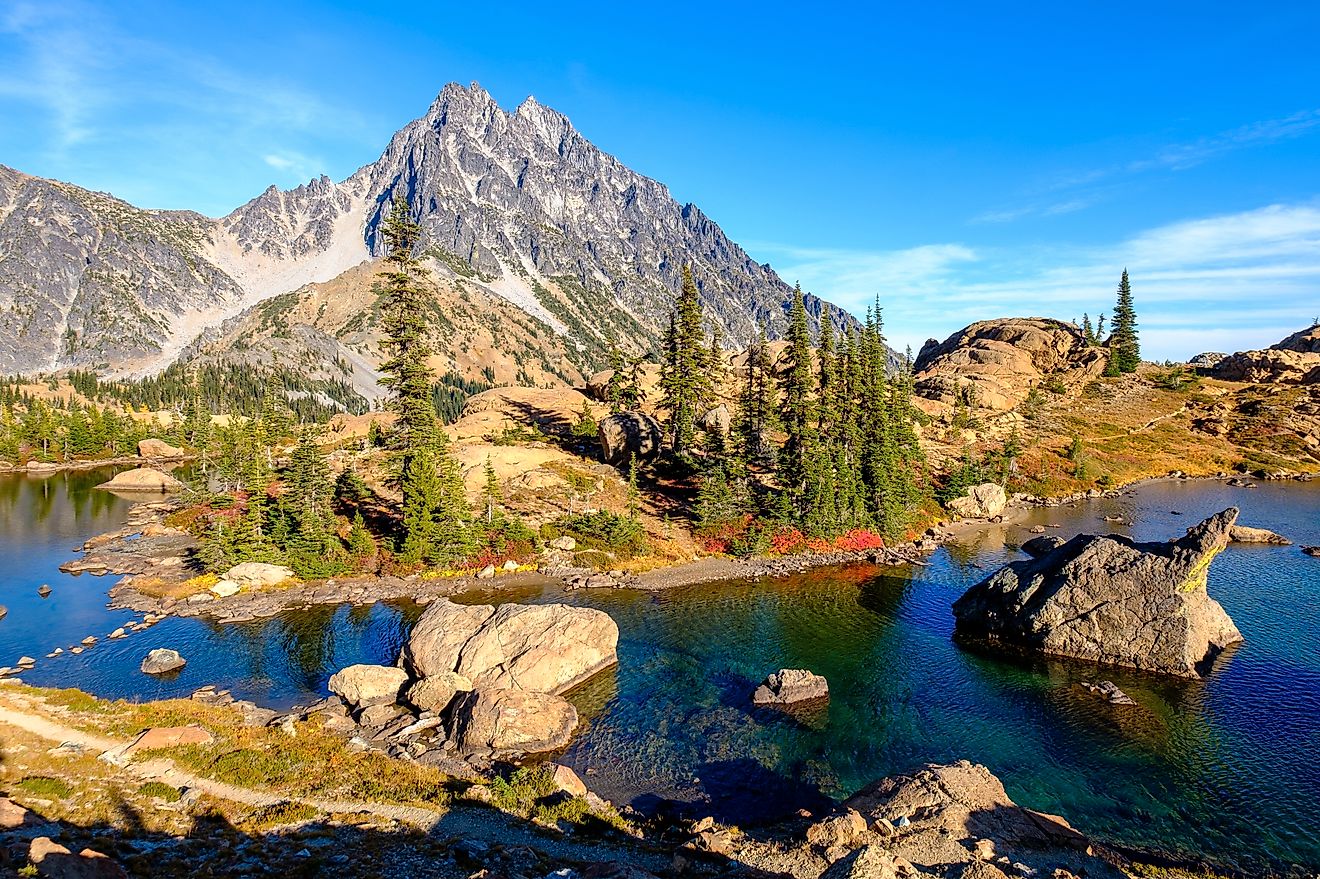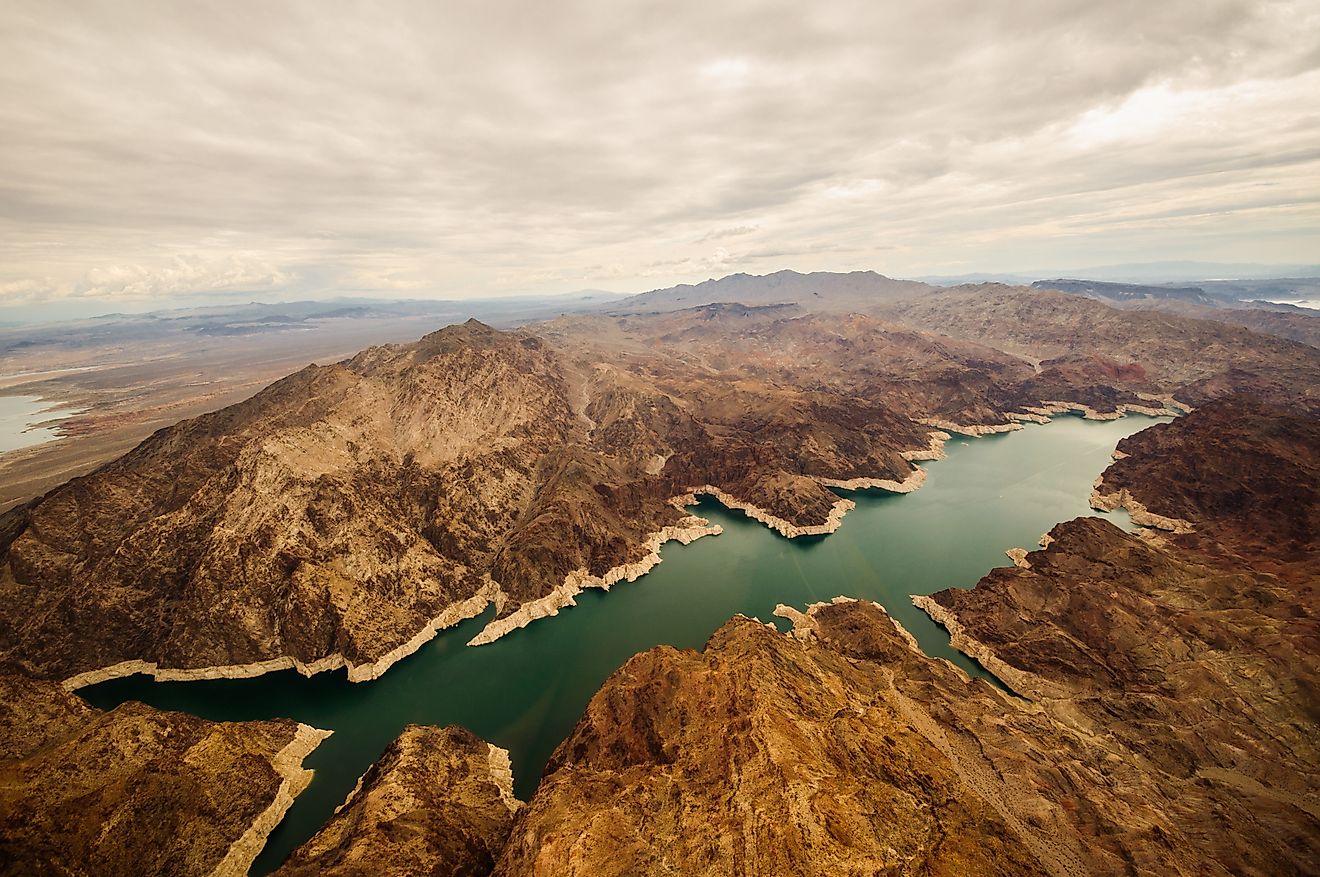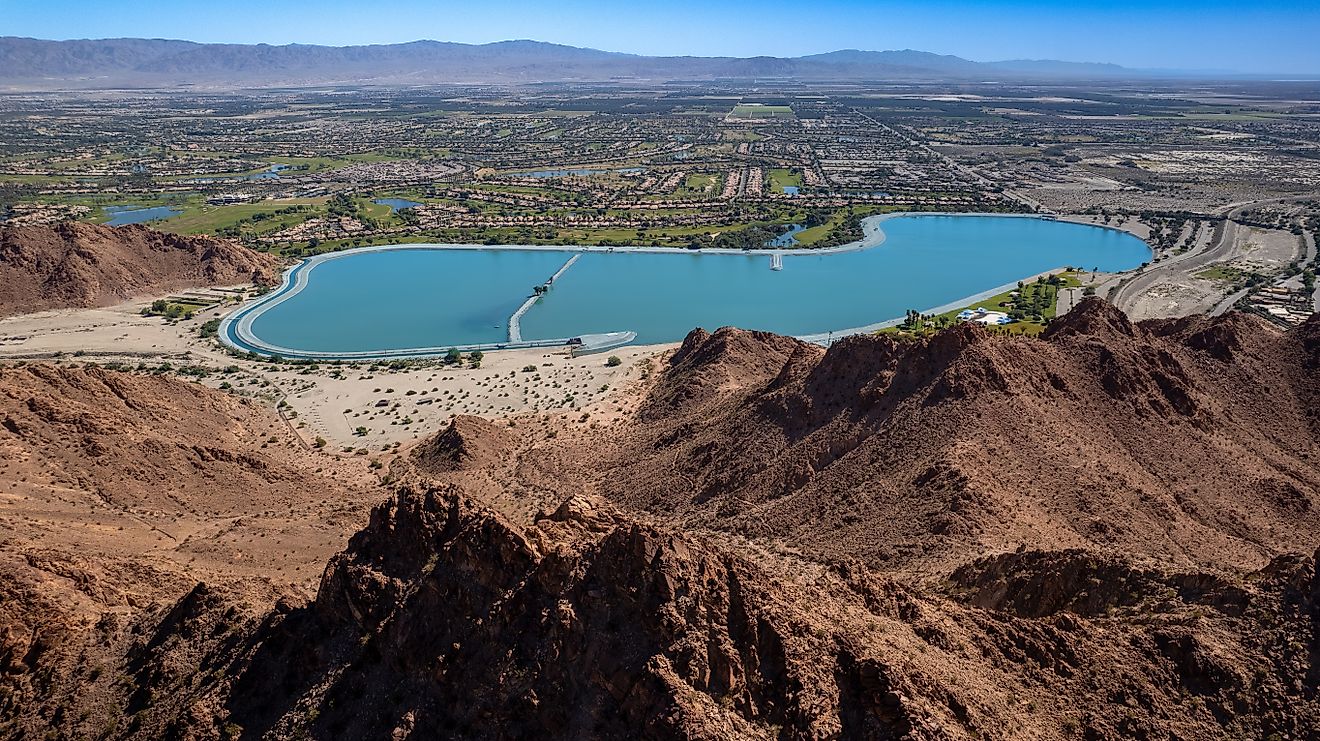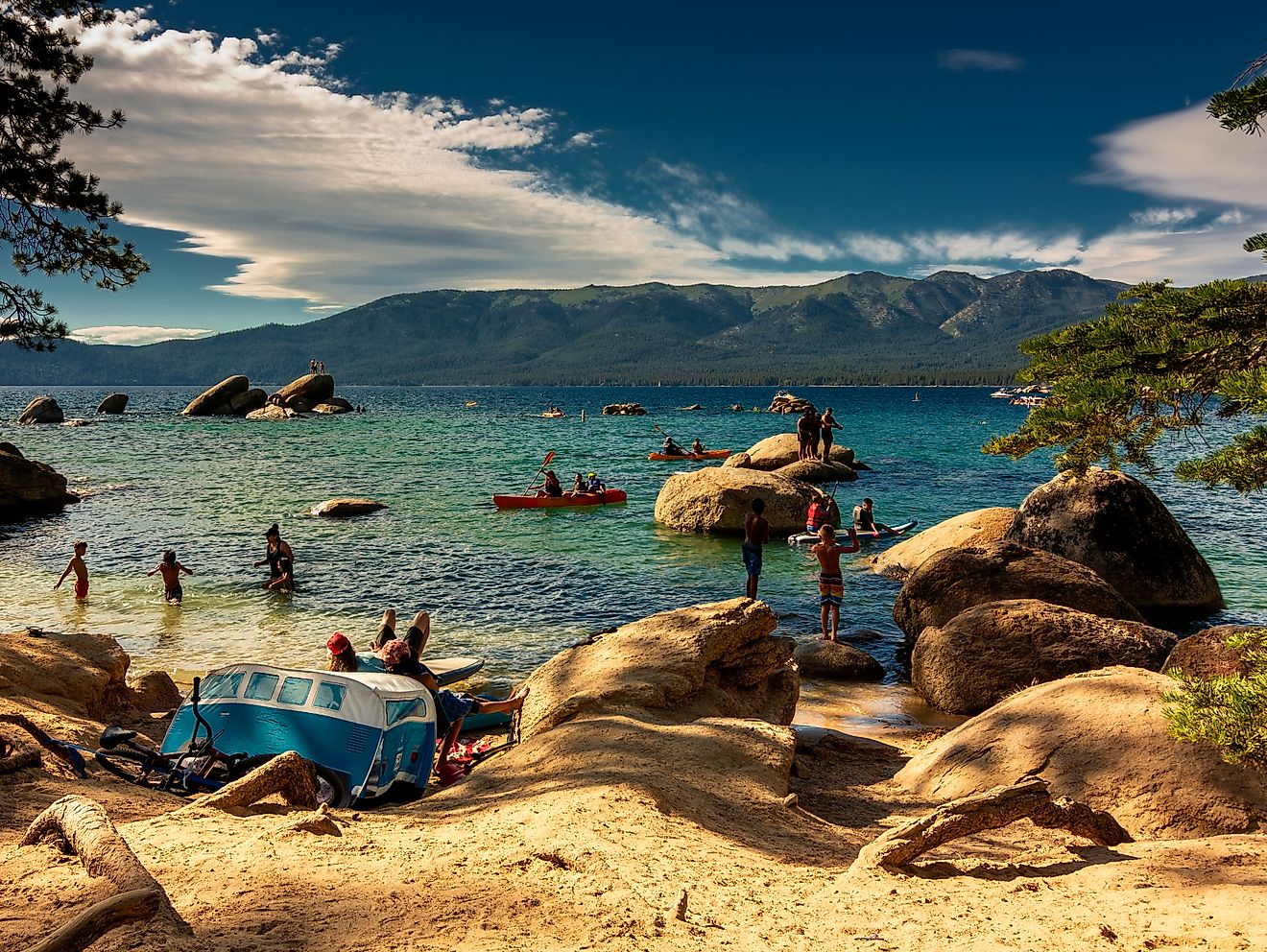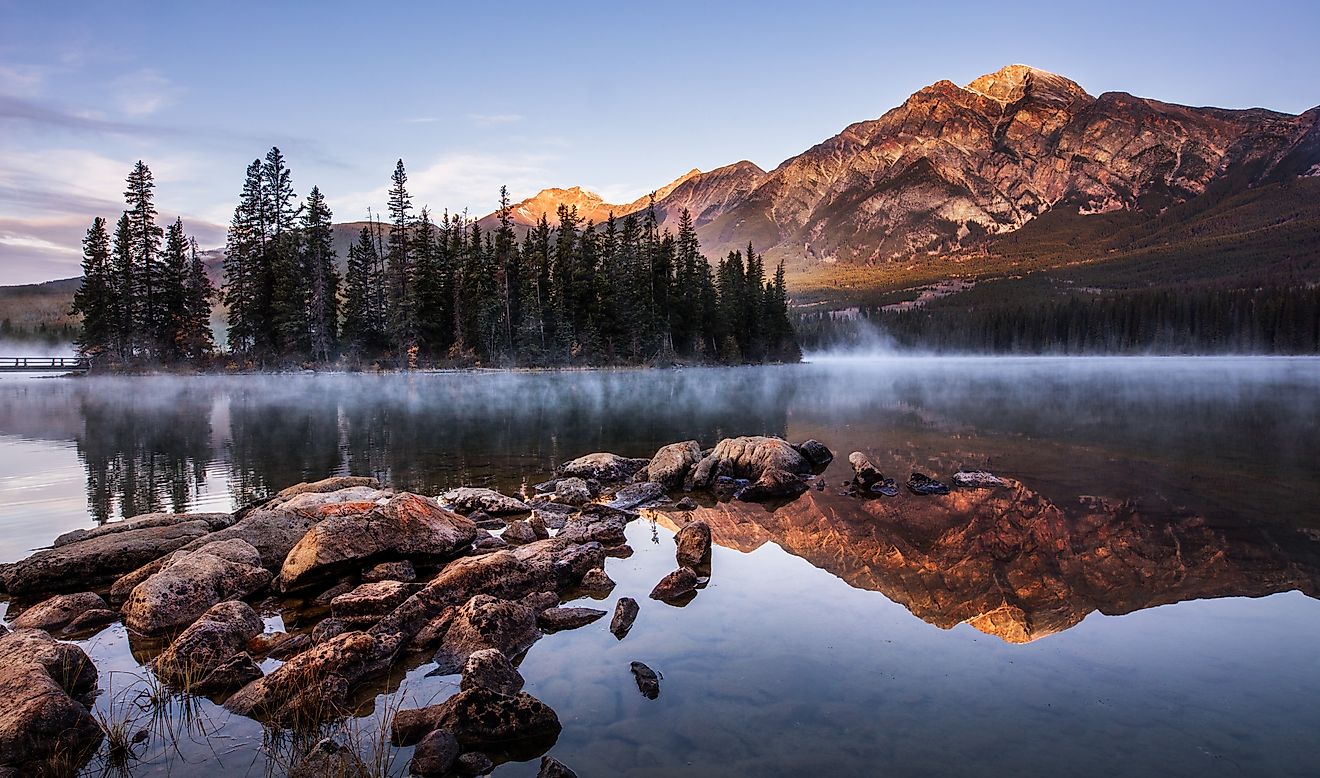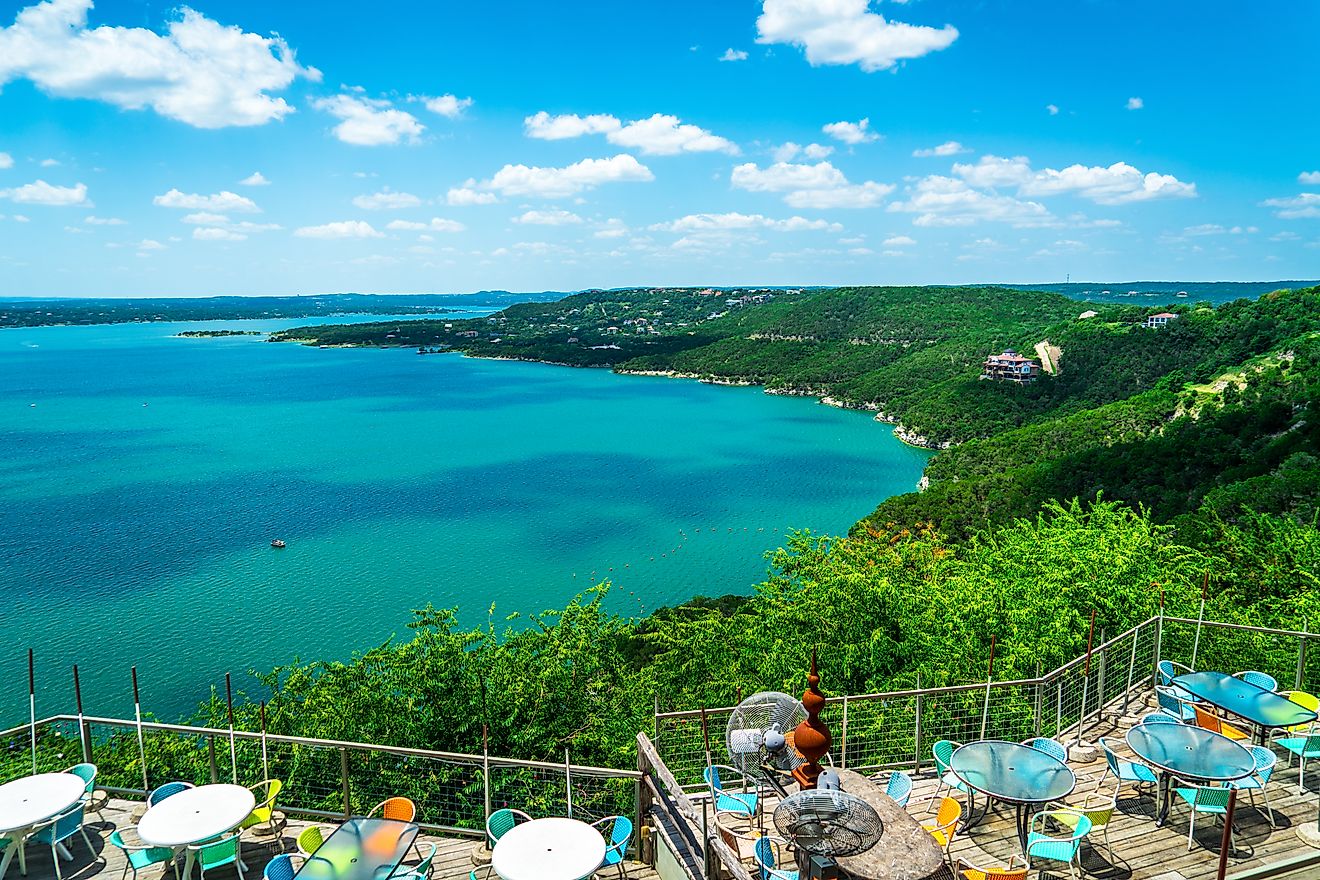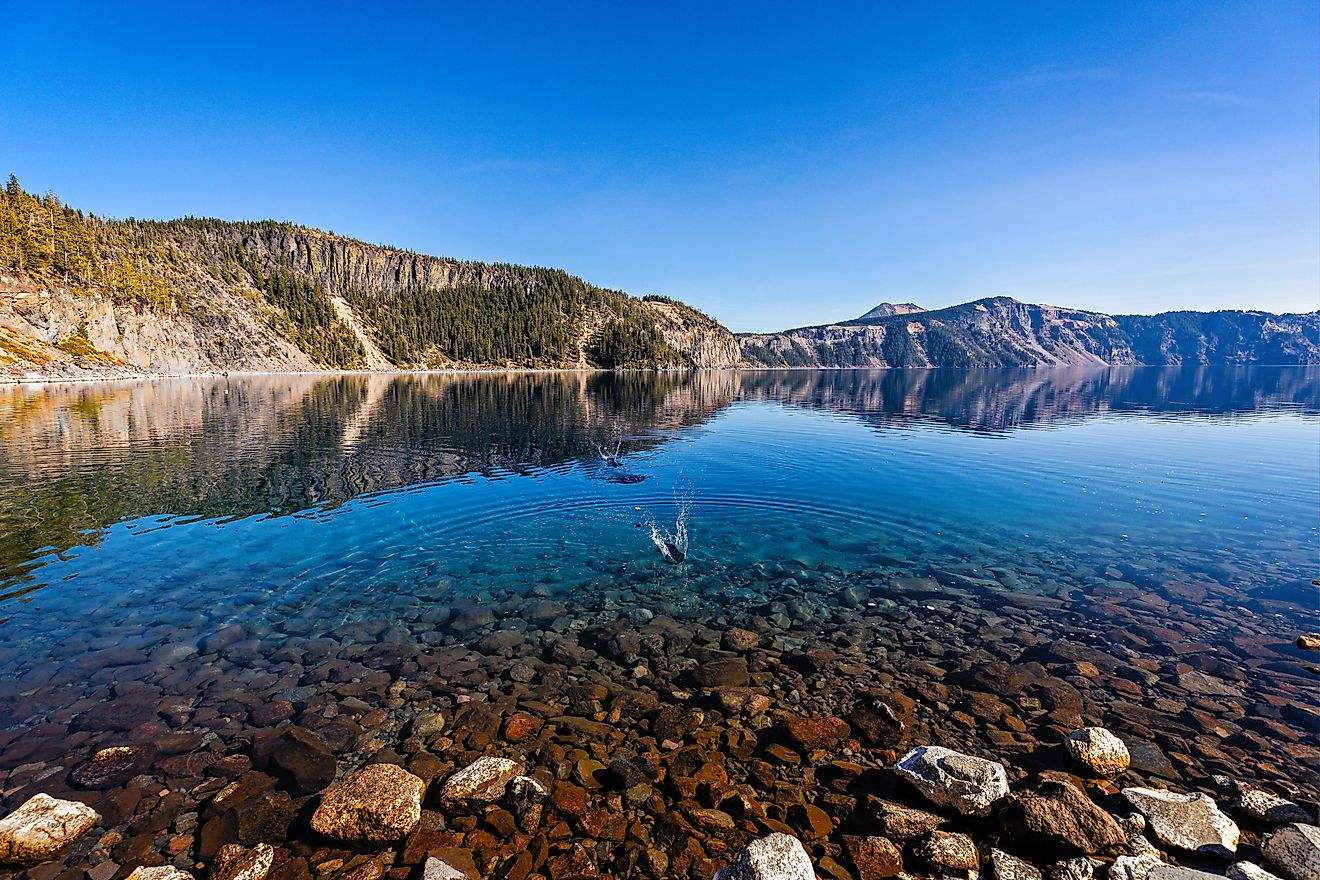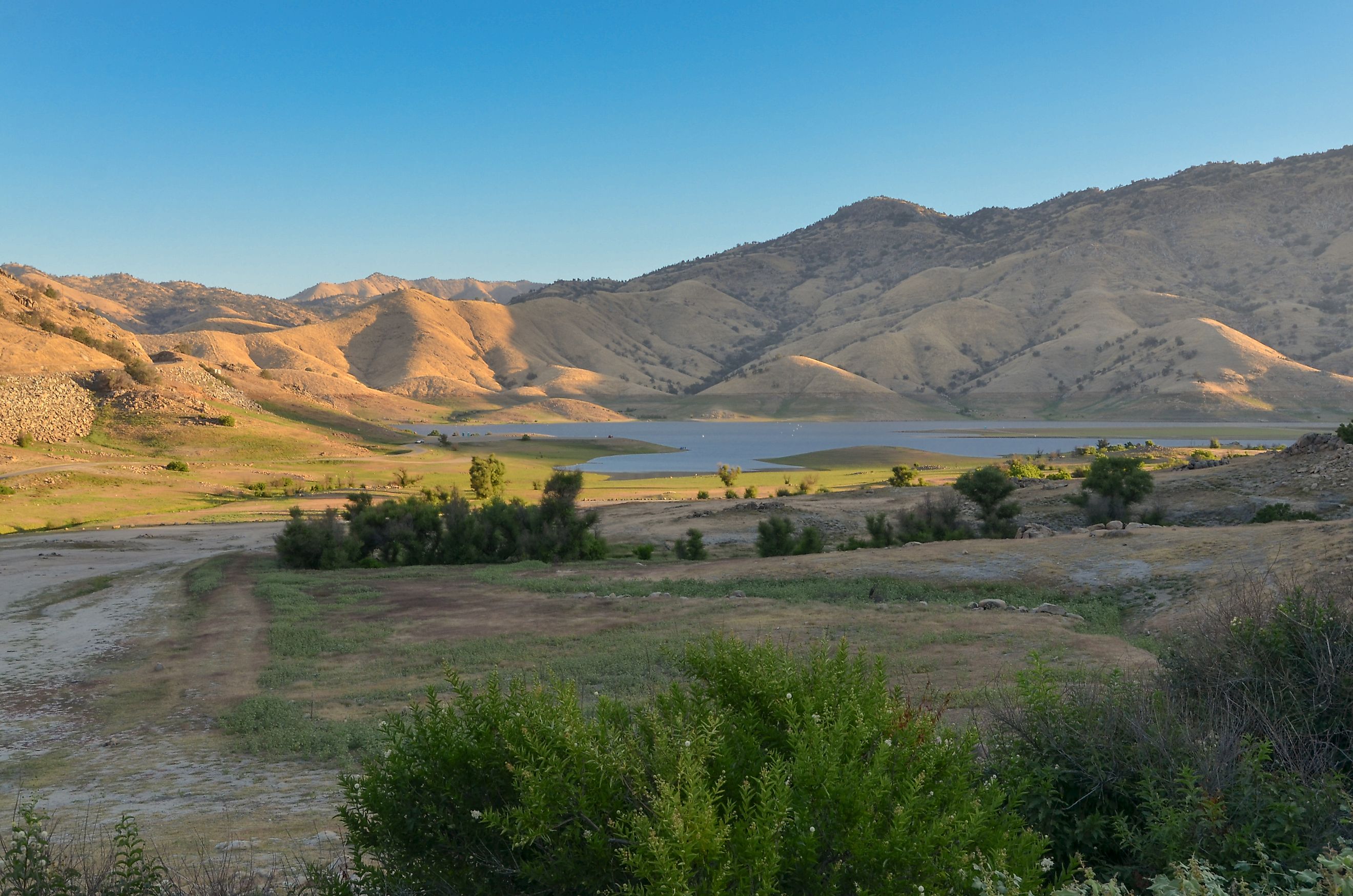
The Lakes That Vanished: US Bodies of Water That Disappeared Forever
Water has shaped the American landscape for millennia, carving canyons, feeding ecosystems, and defining entire regions. But not all bodies of water are permanent. Some lakes, once vast and thriving, have disappeared—lost to drought, human intervention, or shifting geologic forces.
Their stories are not just about geography but also about environmental change, history, and the delicate balance of nature and human impact. Here’s a deep dive into the lakes that vanished from the United States forever.
Owens Lake, California
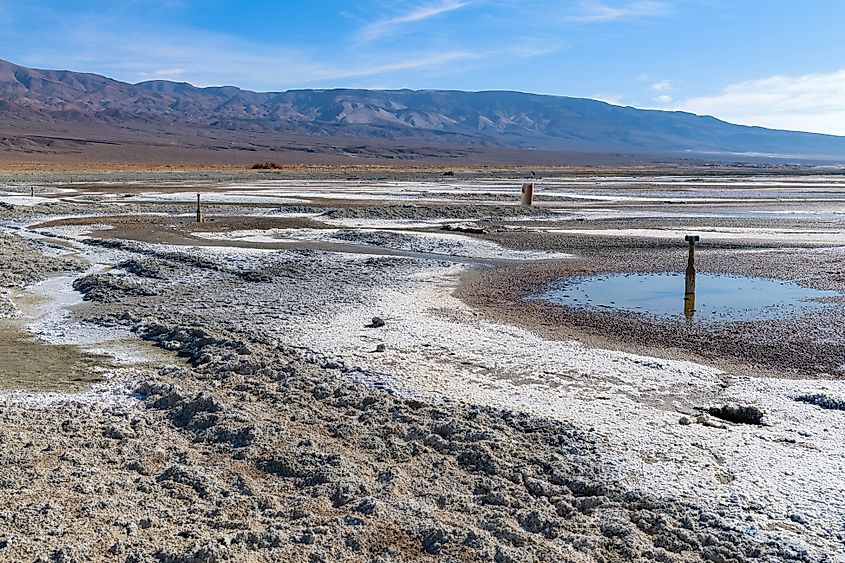
Once a massive inland sea covering over 100 square miles, Owens Lake in California’s Eastern Sierra region disappeared due to one of the most infamous water diversions in history. In the early 1900s, Los Angeles officials, seeking a water source to fuel the city’s expansion, began redirecting the Owens River into an aqueduct. By 1926, the lake had completely dried up.
The loss of Owens Lake wasn’t just an environmental disaster—it became a public health crisis. The exposed lakebed, composed of fine sediments, turned into one of the most significant sources of dust pollution in North America. In recent decades, efforts have been made to mitigate the dust by artificially reintroducing some water, but the lake remains a fraction of what it once was, a stark reminder of the consequences of unchecked water management.
Lake Tulare, California
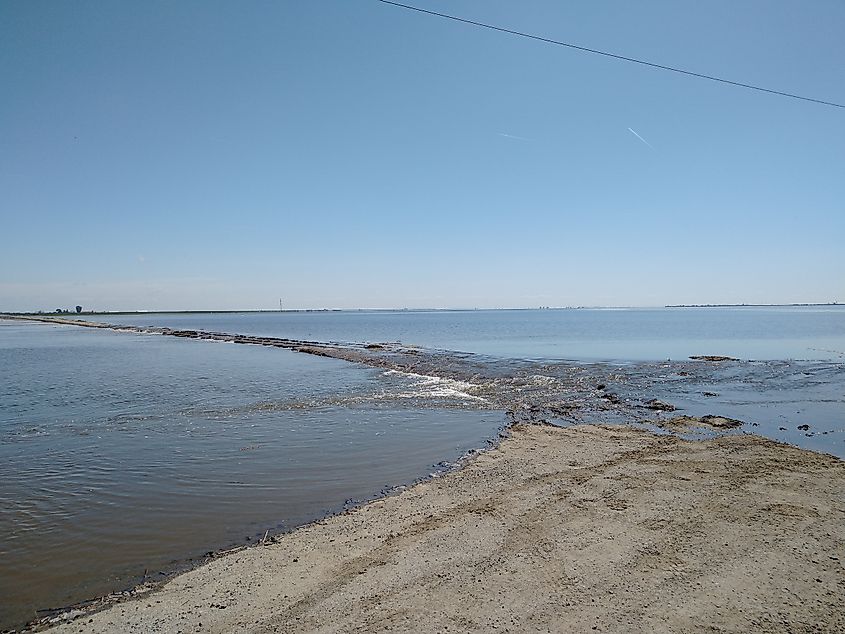
Few people today realize that at one time, California was home to the largest freshwater lake west of the Mississippi River. Tulare Lake, located in the Central Valley, covered an area of up to 690 square miles. It was a rich ecosystem, home to fish, migratory birds, and the Indigenous Tachi Yokut people.
By the late 1800s, agricultural interests saw the lake as an obstacle rather than a resource. Large-scale irrigation projects diverted the rivers that fed Tulare, and by the early 20th century, the lake had vanished. Today, the former lakebed is one of the most agriculturally productive regions in the country. However, during extreme flood years, Tulare Lake has shown ghostly signs of revival, temporarily reclaiming its ancient boundaries before once again vanishing beneath fields of crops.
Lake Missoula, Montana
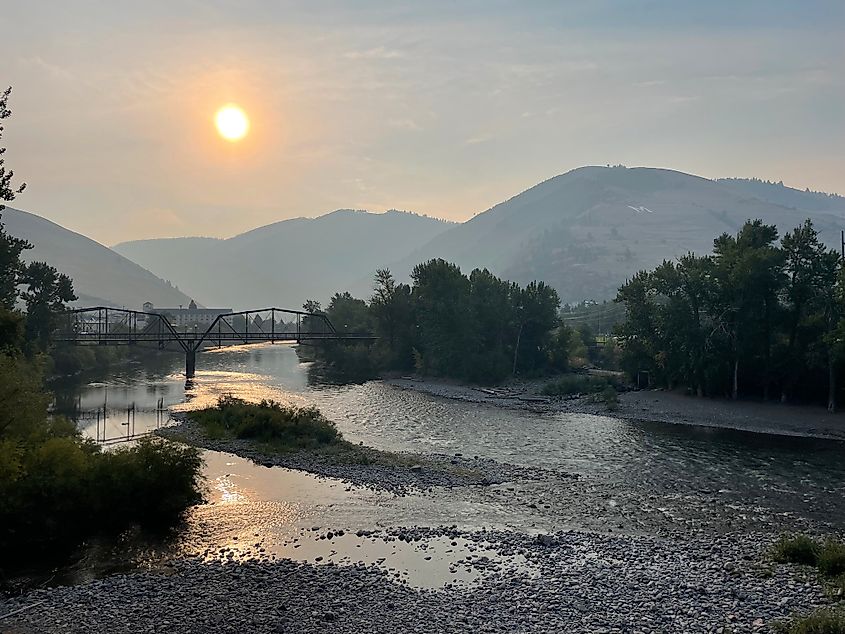
Unlike other lakes on this list, Lake Missoula was lost not to human intervention but to cataclysmic geological events. During the last Ice Age, a massive glacial dam blocked the Clark Fork River, creating a lake that covered an area of 3,000 square miles—larger than Lake Ontario today.
Approximately 15,000 years ago, the ice dam ruptured in a cataclysmic event, unleashing a flood that reshaped the Pacific Northwest. This happened multiple times, carving out features like the Columbia River Gorge. Though Lake Missoula is gone, its legacy remains written into the landscape, a testament to the power of natural forces in shaping America.
Lake Cahuilla, California
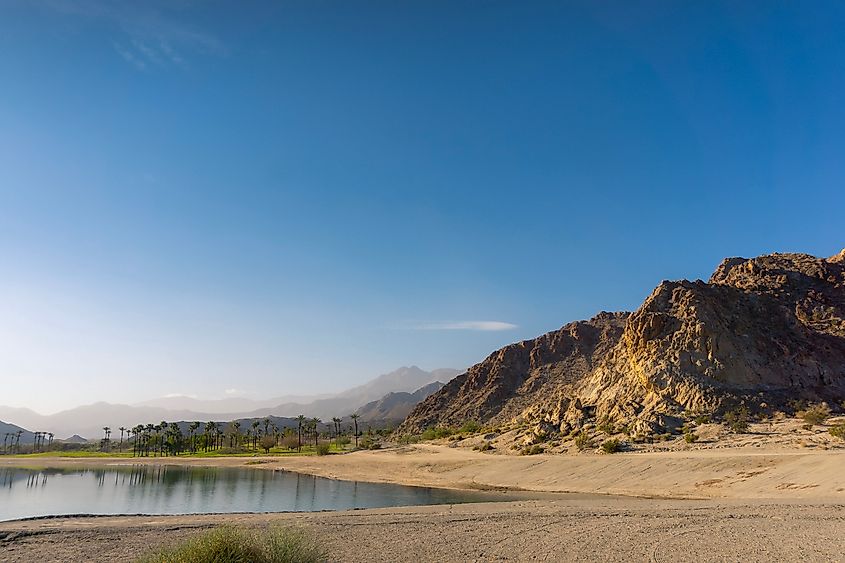
Lake Cahuilla was once a vast, ancient lake that stretched across the Coachella and Imperial Valleys of California. Fed by the Colorado River, it covered nearly 2,000 square miles at its peak. For centuries, Indigenous peoples, including the Cahuilla tribe, relied on the lake’s rich resources for survival.
However, natural changes in the river’s course, combined with later human interventions like dam construction and irrigation projects, caused the lake to dry up. Today, only traces of its former shoreline remain in the desert, a stark reminder of how shifting water patterns can transform landscapes over time.
Lake Bonneville, Utah
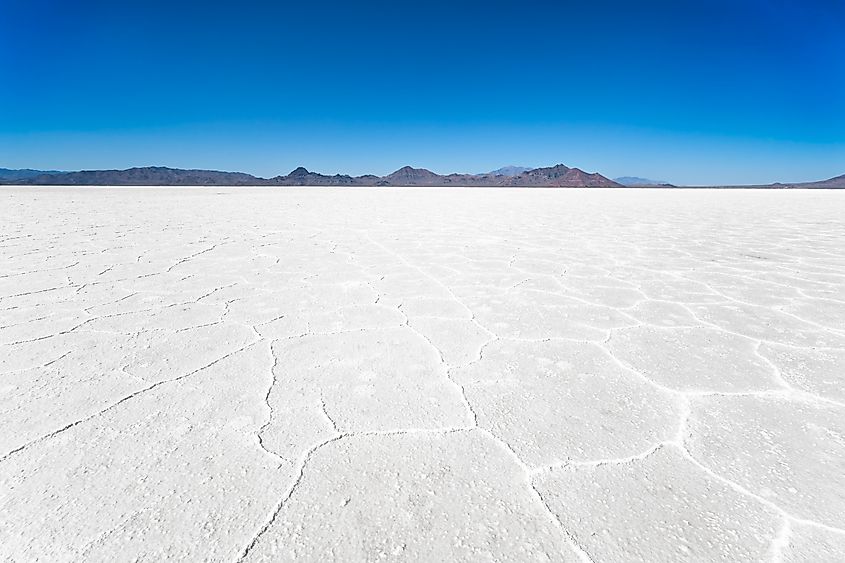
Lake Bonneville was once a vast prehistoric lake covering much of present-day Utah, Nevada, and Idaho. Roughly 32,000 years ago, it reached its peak size, rivaling the Great Lakes. However, as the climate warmed, the lake gradually shrank, leaving behind only remnants such as the Great Salt Lake and Utah Lake.
What remains today of Bonneville is a much-altered landscape, where the famous Bonneville Salt Flats stretch for miles—a stark, shimmering remnant of the ancient inland sea. Scientists continue to study the region to understand how past climate shifts influenced the lake’s disappearance and what lessons it holds for modern climate change.
Scott Lake, Florida
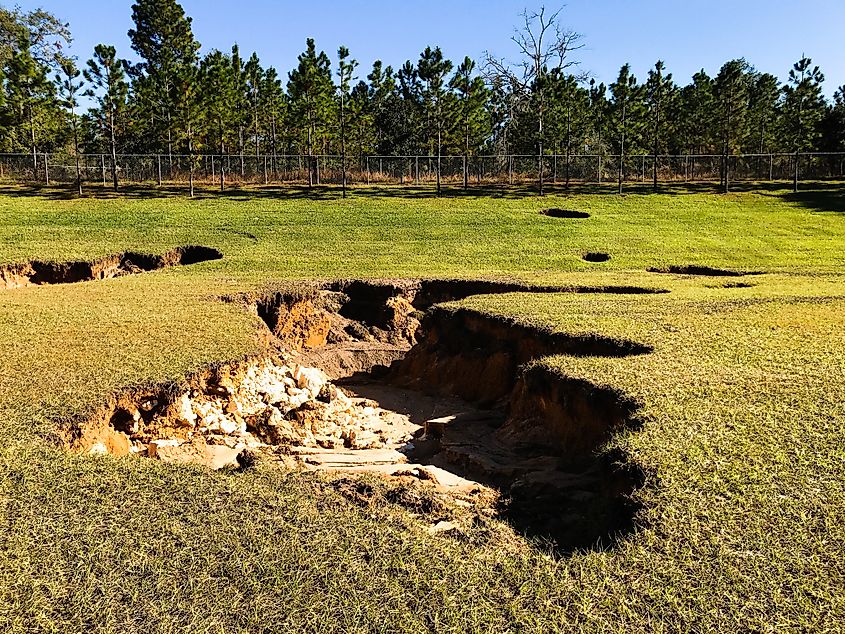
Scott Lake, located in Florida, was once a small, serene body of water, popular for fishing and recreation. In the 1990s, the lake's water level began fluctuating unpredictably, and the once-clear water turned murky. After years of unusual changes, it was revealed that the lake had been slowly disappearing into a massive sinkhole beneath its surface.
The phenomenon is due to underground limestone erosion and the alteration of natural water flow patterns. What was once a vibrant local feature has now transformed into an enigmatic hole in the ground, with its fate still unclear.
Lake Peigneur, Louisiana
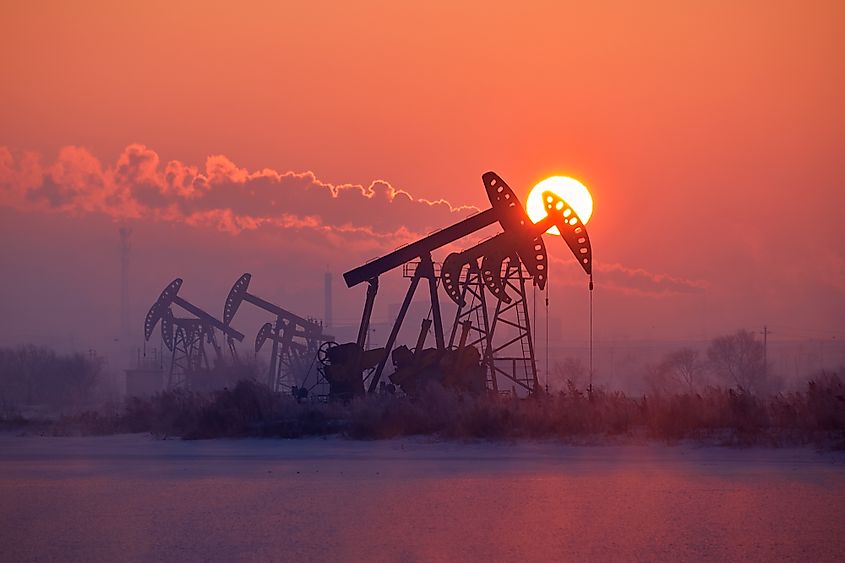
Lake Peigneur in Louisiana is an example of how human activities can lead to a dramatic vanishing of a body of water. In 1980, during drilling for oil beneath the lake, a mistake led to a massive drilling accident that caused the lake to drain into an underground cavern. The entire lake, once 1,500 acres in size, disappeared into the cavern, creating a massive whirlpool.
The incident not only altered the landscape but also formed a new, deep underground water system. The lake has never fully recovered, and its dramatic disappearance remains one of the most bizarre environmental events in the US.
Could More Lakes Vanish in The Future?
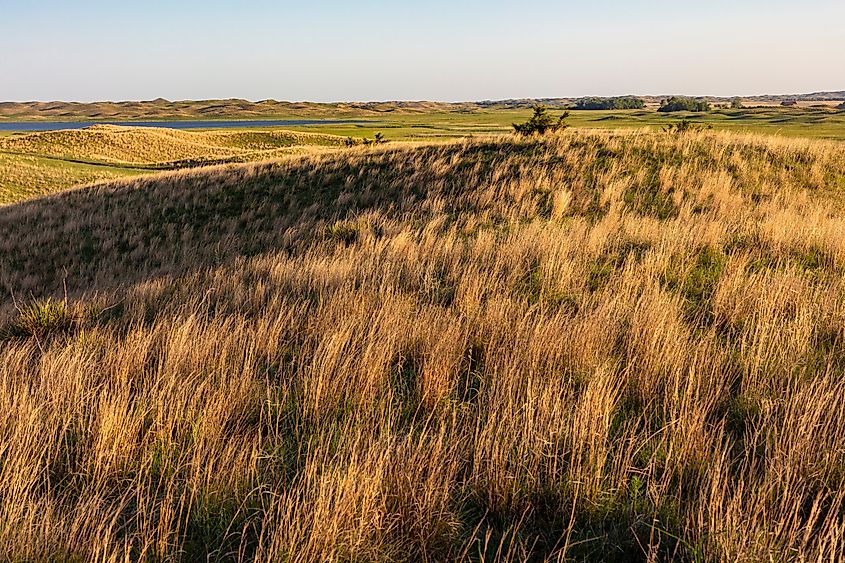
With prolonged droughts in the Southwest, groundwater depletion in the Great Plains, and increased human demand for water, experts warn that other lakes could suffer a similar fate. The Great Salt Lake, for example, has seen historic declines in water levels, raising concerns about its long-term survival.
Unless significant steps are taken to manage water resources sustainably, the United States may see more of its iconic lakes disappear—just like those that have already faded into history.
Lessons From The Lost Lakes
The vanishing lakes of America serve as a stark reminder of the delicate balance between human needs and environmental sustainability. While some were lost to natural forces, many disappeared due to human actions that could have been mitigated with better planning and conservation efforts. Their stories remain as cautionary tales, urging us to rethink how we interact with the landscapes that define our country.
As we look to the future, the question remains: will we learn from the past, or will more of America’s lakes become nothing more than a memory?
